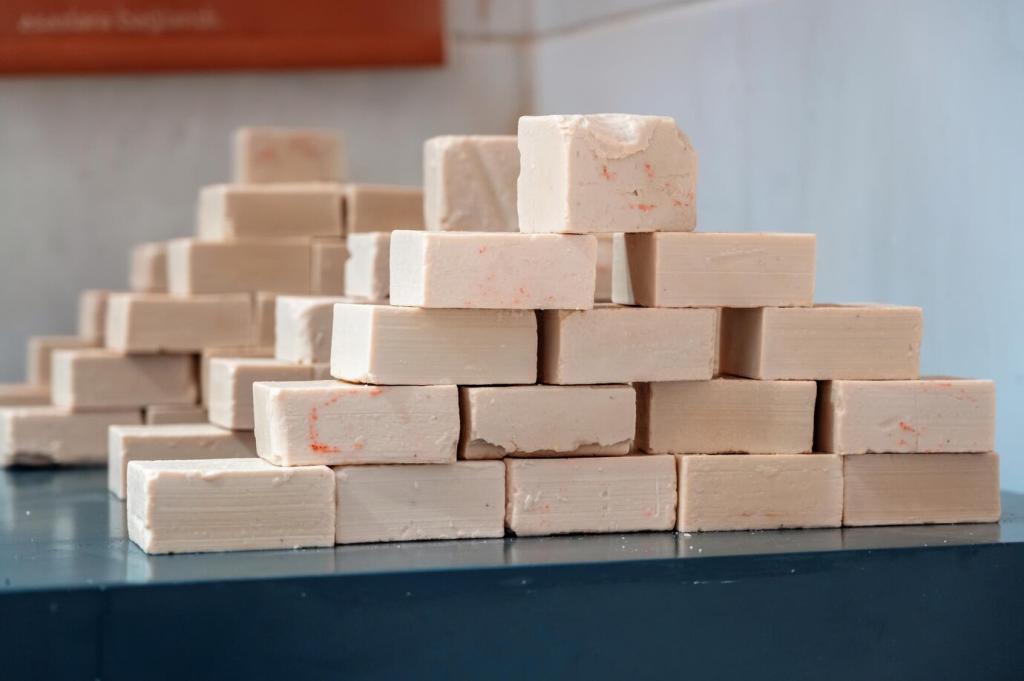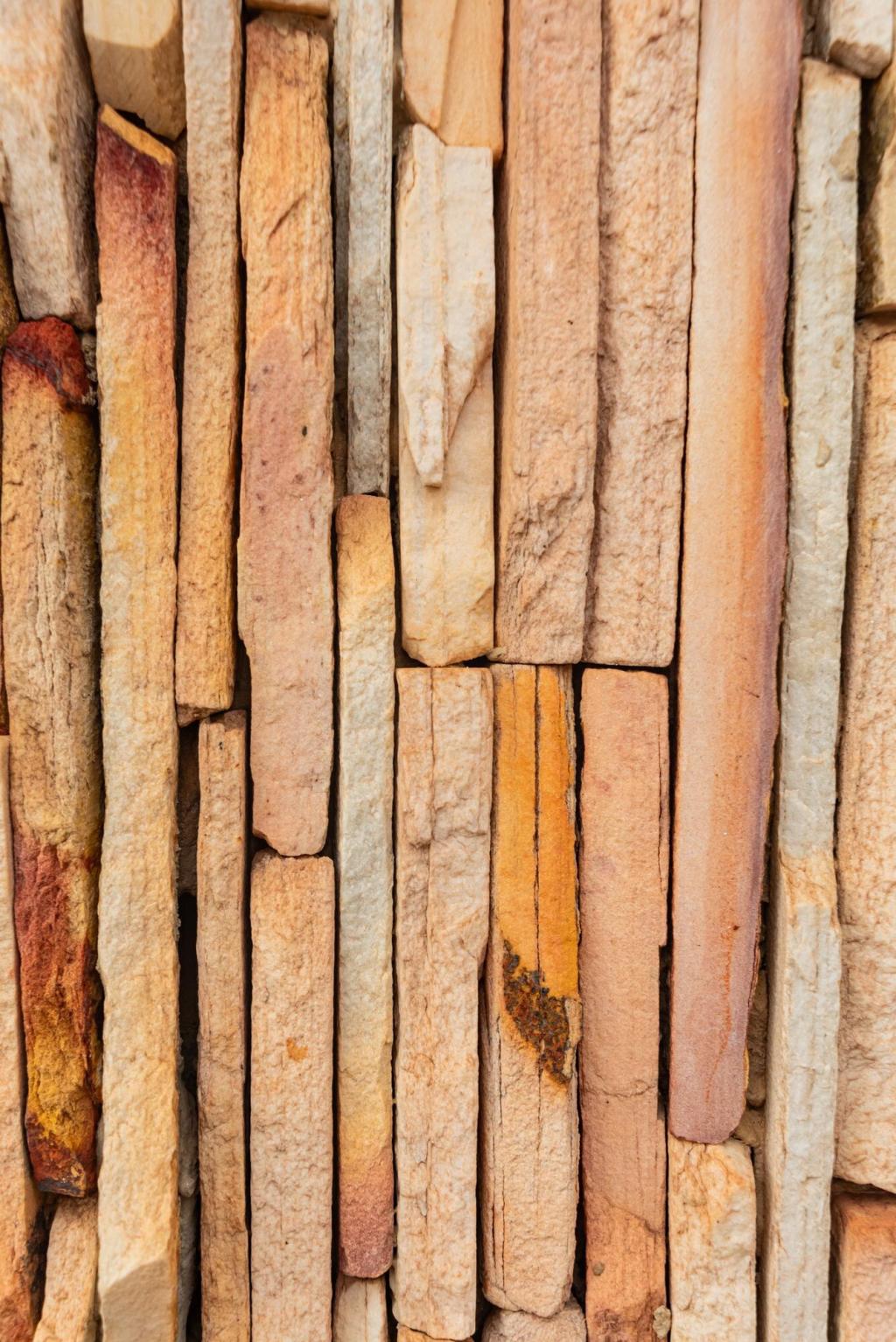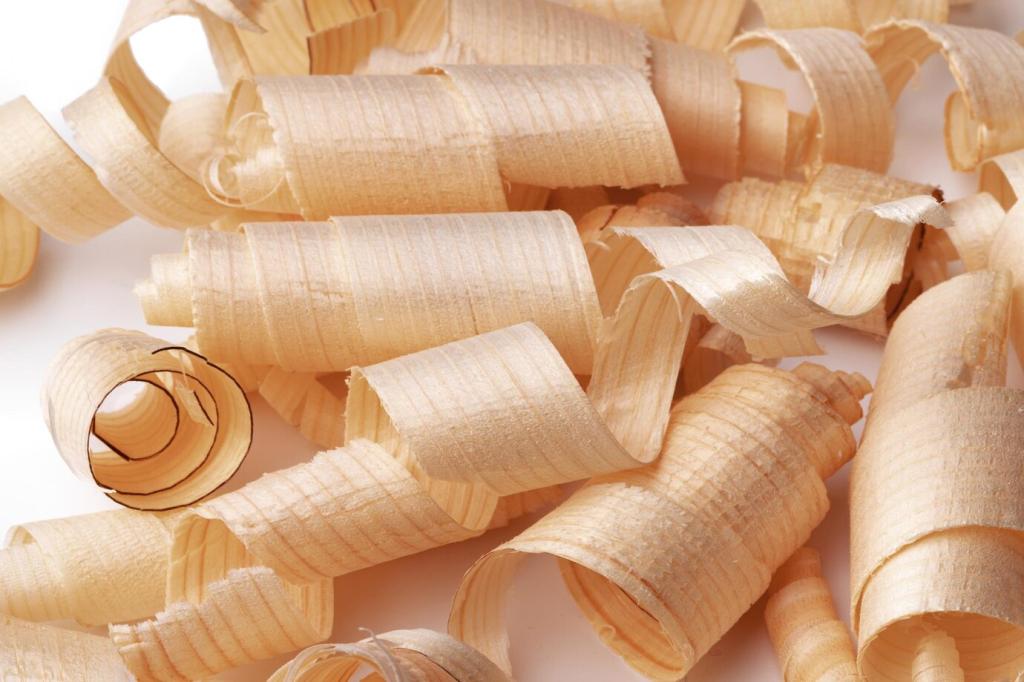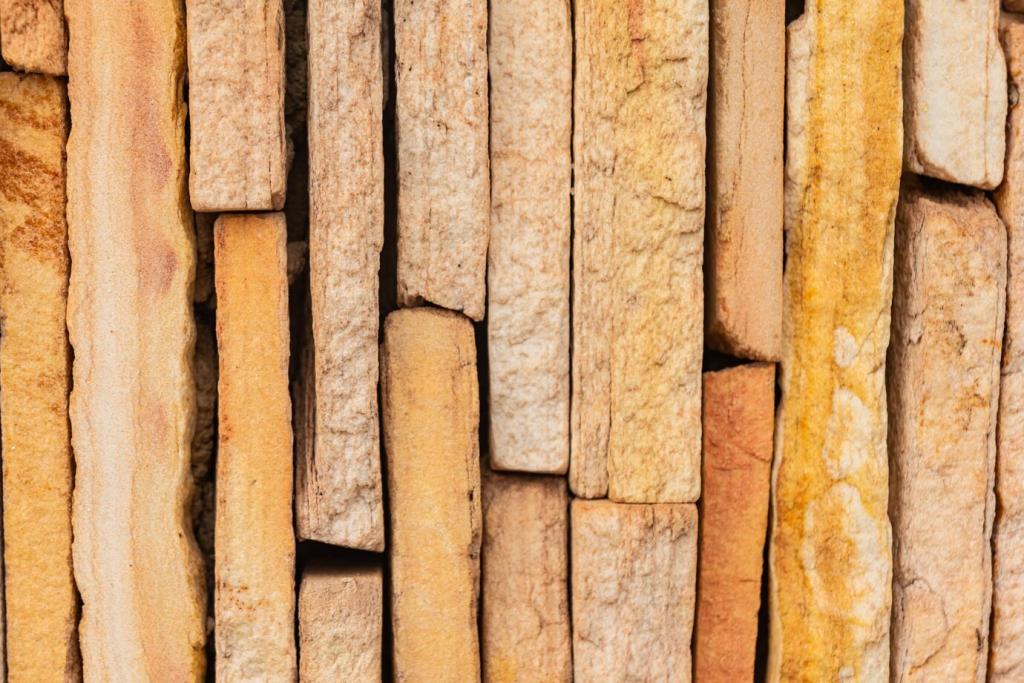Preparation and Application for Greener Results
Clean, degloss, and sand strategically to ensure one fewer coat. Patch with low-tox compounds and remove dust thoroughly. What’s your go-to dust control trick? Share it so others can keep cleanup gentle.
Preparation and Application for Greener Results
High-quality, low-VOC primers block stains and boost color payoff, saving paint and time. Test a small patch first. Do you tint primers for bold hues? Comment with your coverage results and lessons.
Preparation and Application for Greener Results
Use reusable brushes and rollers, wash in buckets to capture solids, and filter water responsibly. Donate surplus via community groups. Have a favorite washing method that saves water? Teach us in the discussion.
Preparation and Application for Greener Results
Lorem ipsum dolor sit amet, consectetur adipiscing elit. Ut elit tellus, luctus nec ullamcorper mattis, pulvinar dapibus leo.







